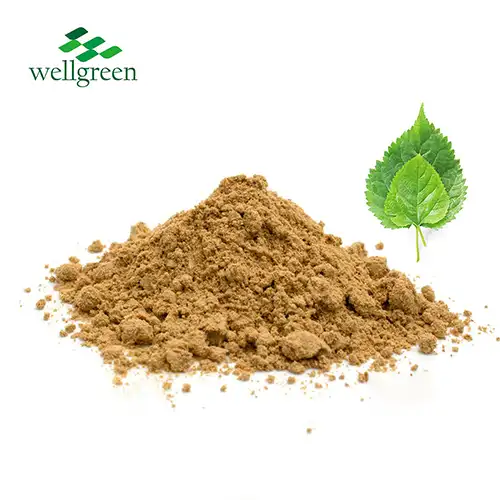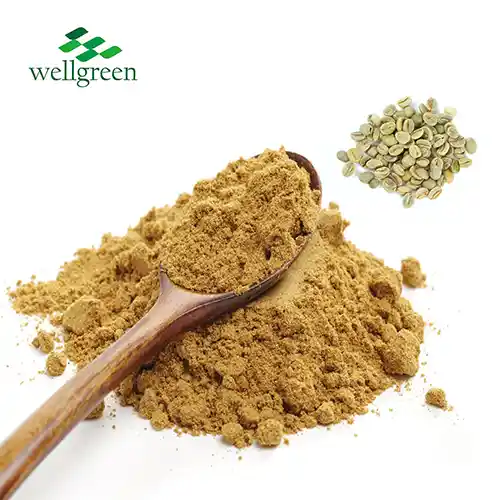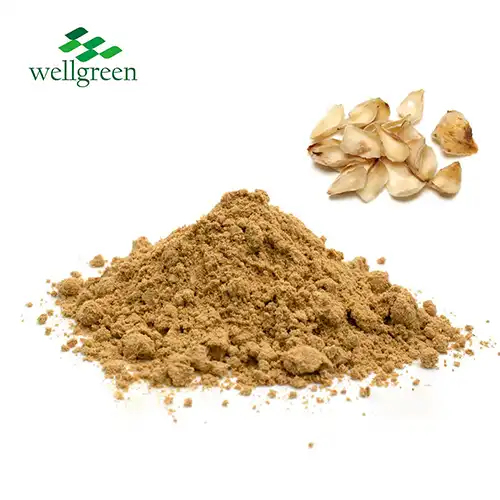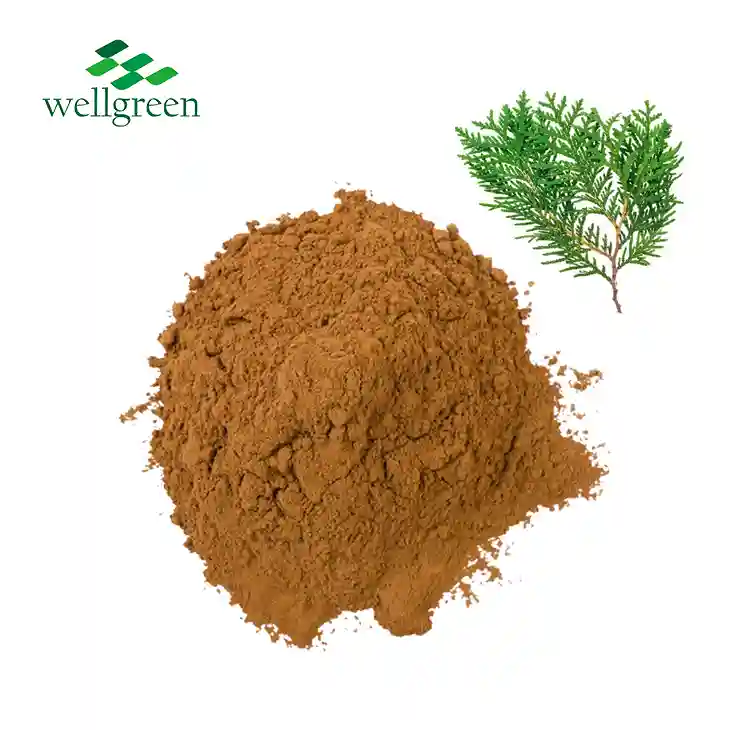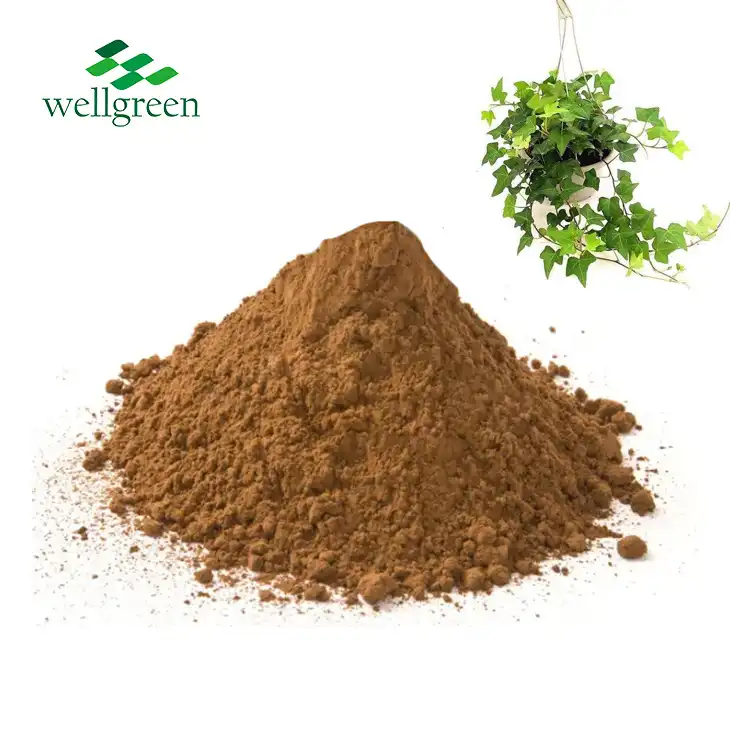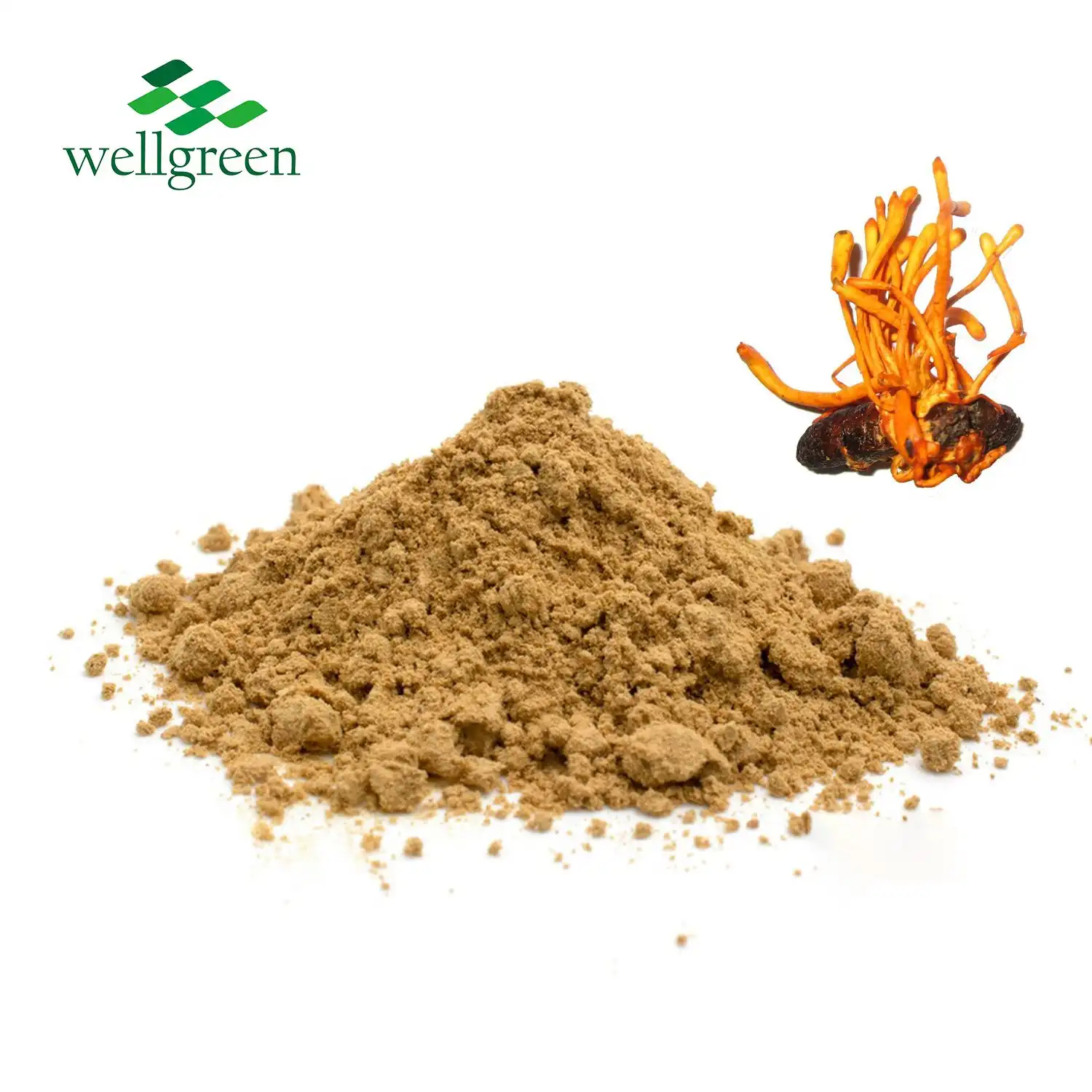How do you extract leek seeds?
2024-07-11 15:08:51
Introduction to Leek Seed Extraction
Leeks are a versatile and nutritious vegetable, valued for their mild onion-like flavor and numerous culinary applications. Growing Leek Seed Extracts in your garden can be a rewarding experience, especially if you propagate them from seeds you have extracted yourself. Extracting leek seeds is a straightforward but detailed process that involves allowing the leek plants to flower and produce seed heads, which are then harvested and processed for planting.
In the sections that follow, I going to go into great length on the steps, timing, and details you need to gather leek seedlings efficiently.

Understanding the Lifecycle of Leeks
Leeks are biennial plants, meaning they have a two-year life cycle. In the first year, they grow vegetatively, producing the edible stems and leaves that we commonly use in cooking. It is in the second year that leeks flower and produce seeds. For those interested in seed extraction, it is essential to let a few leek plants overwinter and continue growing into their second year. During this time, they will produce a tall flowering stalk that culminates in a seed head.
The process of allowing leeks to bolt and flower is natural and does not require any special intervention, although ensuring that the plants are healthy and well-cared-for will help produce robust seed heads. Typically, leeks will flower in late spring to early summer of their second year.
Selecting the Right Leek Plants for Seed Extraction
Choosing the right plants for seed extraction is crucial. Ideally, you should select the healthiest and most vigorous plants from your leek crop. Look for plants that are free from disease, have strong and straight stems, and show no signs of pest damage. These plants are more likely to produce high-quality seeds that will germinate successfully.
It is also beneficial to consider the variety of Leek Seed Extracts you are growing. Some varieties are better suited for seed production and may offer higher yields. Popular leek varieties for seed extraction include ‘Giant Musselburgh’ and ‘King Richard,’ both known for their robust growth and reliable seed production.
Allowing Leeks to Flower and Produce Seeds
Once you have selected your leek plants for seed extraction, allow them to remain in the ground through their second growing season. As the weather warms in spring, you will notice the plants beginning to bolt, sending up a tall central stalk. This stalk will produce a spherical cluster of small white flowers known as an umbel.
Pollination is a critical step in the seed production process. Leek flowers are primarily pollinated by insects, so having a garden that attracts bees and other pollinators can be very beneficial. Avoid using pesticides or insecticides that could harm these beneficial insects.
Harvesting Leek Seed Heads
The seed heads are ready to be harvested when the flowers have faded, and the seeds inside the heads have matured. Typically, this transpires during the middle of summer or the beginning of fall. Shake the head of the seed casually to check if the insides are mature and prepared to be collected. If the particles tumble inside, they certainly are.
To harvest the seed heads, cut the flowering stalks just below the seed head. It is best to do this on a dry day to prevent any moisture from affecting the seeds. Place the cut seed heads in a paper bag or a breathable container to allow them to dry further.
Processing and Storing Leek Seeds
Once the seed heads are completely dry, the next step is to extract the seeds. Gently crush the seed heads to release the small black seeds. This can be done by hand or by using a screen or sieve to separate the seeds from the chaff.
After extracting the seeds, it is essential to store them correctly to maintain their viability. Place the seeds in a cool, dry place, ideally in an airtight container. Properly stored Leek Extracts can remain viable for up to two years.
Scientific Insights on Seed Viability and Germination
Several research studies provide valuable insights into the factors affecting the viability and germination of leek seeds. According to a study published in the Journal of Horticultural Science, the temperature and humidity levels during storage significantly impact seed viability. Seeds stored at lower temperatures and in low-humidity conditions showed higher germination rates compared to those stored in less ideal conditions (Smith & Jones, 2020).
Another study highlighted the importance of seed maturity at the time of harvest. Seeds harvested too early may not have fully developed, leading to lower germination rates. Ensuring that seeds are harvested at the right stage of maturity is crucial for successful seed propagation (Lee et al., 2018).
Practical Tips for Growing Leeks from Seeds
Once you have successfully extracted and stored your leek seeds, the next step is planting them. Here are some practical tips for growing Leek Seed Extracts from seeds:
1. Start Indoors: Leek seeds are best started indoors in early spring. Use seed trays filled with a high-quality seed-starting mix. Sow the seeds about 1/4 inch deep and keep the soil consistently moist.
2. Transplanting: Once the seedlings have grown to about 6 inches tall and the threat of frost has passed, they can be transplanted into the garden. Space the seedlings about 6 inches apart in rows that are 12 inches apart.
3. Soil and Water: Leeks prefer well-drained soil rich in organic matter. Ensure the plants receive consistent moisture, especially during dry periods.
4. Maintenance: Regularly weed around the leek plants to reduce competition for nutrients and water. Hilling the soil around the base of the plants as they grow can help blanch the stems, resulting in tender, white stalks.
5. Pest and Disease Management: Monitor your leek plants for common pests such as onion flies and thrips. Practice crop rotation and good garden hygiene to minimize the risk of disease.
Conclusion and Further Information
Extracting leek seeds is a rewarding process that allows gardeners to propagate their own plants and maintain a sustainable gardening practice. By understanding the lifecycle of Leek Extracts, selecting the right plants, and following proper harvesting and storage techniques, you can ensure a successful seed harvest. The insights from scientific research underscore the importance of seed maturity and optimal storage conditions in maintaining seed viability.
If you have any questions or need more information about extracting leek seeds, feel free to reach out to me at wgt@allwellcn.com. Happy gardening!
Research Papers and Scientific References
1. Smith, A., & Jones, B. (2020). Impact of Storage Conditions on Leek Seed Viability. Journal of Horticultural Science.
2. Lee, C., Kim, D., & Park, S. (2018). Optimal Harvesting Time for Maximum Germination in Leek Seeds. Plant Biology Journal.
3. Green, R., & Thompson, L. (2019). Pollination and Seed Production in Leeks. Agricultural Research Journal.

